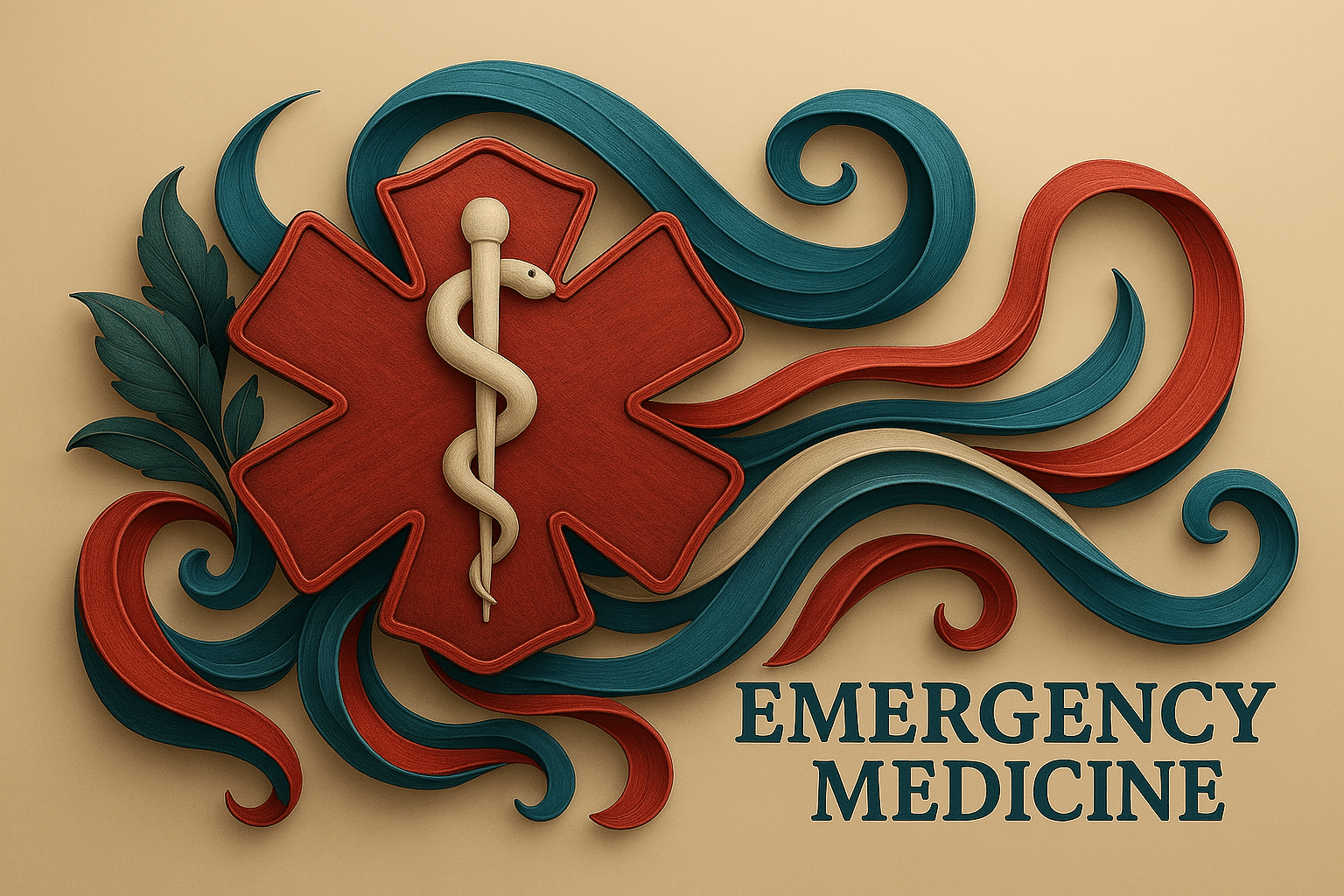What is International Emergency Medicine Day?
International Emergency Medicine Day is celebrated every year on May 27. The day draws attention to the vital work of emergency medicine professionals who provide urgent care in life-threatening situations. It also highlights the need for strong, accessible emergency systems worldwide.
Whether responding to trauma, stroke, or sudden illness, emergency professionals make critical decisions that save lives. This day raises awareness of their role and calls for better training, equipment, and recognition.
History and Origin
International Emergency Medicine Day was created by the European Society for Emergency Medicine (EUSEM) and first celebrated in 2019. The goal was to unite professionals, patients, and decision-makers in support of quality emergency care.
May 27 was chosen because it marks the founding of EUSEM. Since then, the day has gained momentum across countries and continents. It is now a global call to action for better emergency systems and greater appreciation of those who work in them.
Who Participates in International Emergency Medicine Day?
- Doctors and nurses: Raise awareness through stories, campaigns, and public events.
- Hospitals and clinics: Organise training sessions, seminars, and information stands.
- Medical associations: Support national and international efforts to promote emergency medicine.
- Policymakers: Take part in discussions and decisions about emergency care infrastructure.
- Communities: Join in events and learn more about first response and emergency support.
Slogans and Themes
Key messages include “Your Safety, Our Mission” and “Recognise Emergency Medicine.” Themes focus on protecting lives, valuing medical teams, and improving systems so that no one is left without emergency care when it matters most.
Colors symbols and patterns
Colors
- Red: Stands for urgency and fast action.
- White: Symbolises clarity, care, and focus.
- Blue: Represents the medical field and public trust.
Symbols
- Star of Life: Six-pointed star with a snake and staff, a global symbol of emergency services.
- Heartbeat line: Symbol of life and the effort to keep it going.
- Ambulance: Represents the critical role of rapid transport in emergencies.
Patterns
- Chevron stripes: Show speed and readiness, often seen on emergency gear.
- Pulse lines: Represent the continuous care and monitoring of patients.
- Medical crosses: Stand for help, healing, and professionalism.
Most Used Hashtags
- #EmergencyMedicineDay
- #EmergencyCare
- #EUSEM
- #SaveLives
- #SupportEmergencyMedicine
How to Celebrate International Emergency Medicine Day:
- Say thank you: Show appreciation to emergency professionals in your community.
- Take a course: Learn first aid or CPR to be prepared.
- Join an event: Attend a talk, panel, or simulation at a local hospital or clinic.
- Share facts: Use social media to raise awareness about emergency medicine.
- Support change: Advocate for policies that strengthen emergency systems.
Why is International Emergency Medicine Day Important?
This day highlights the value of fast, expert care in life-threatening situations. It brings attention to the people who work long hours in high-pressure environments to save lives. It also urges governments and systems to prioritise investment in emergency care.
International Emergency Medicine Day is not just about recognition. It’s about action. Better systems mean better survival rates, better recovery, and stronger public health.
Features
May 27: Emergency Medicine Day
Why do you keep falling for the same type?
Read the article Lovemaps: the hidden blueprint of our love.

